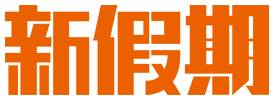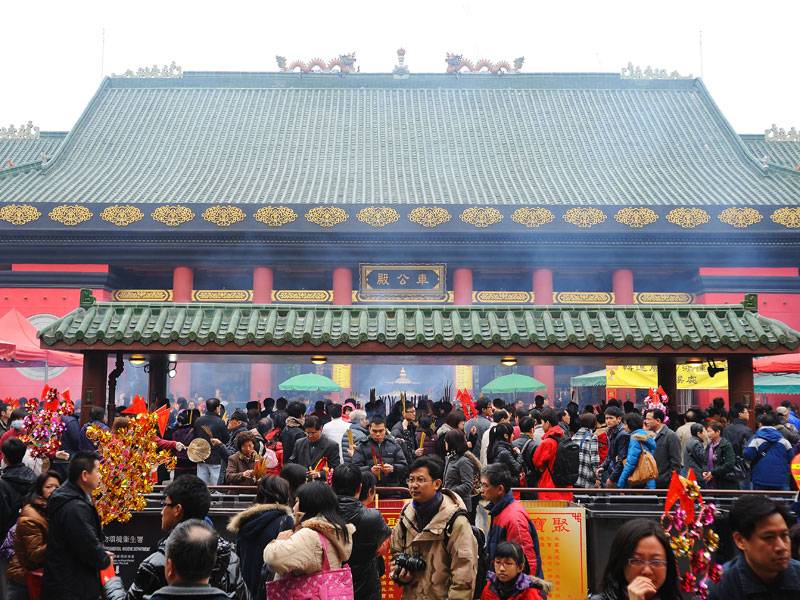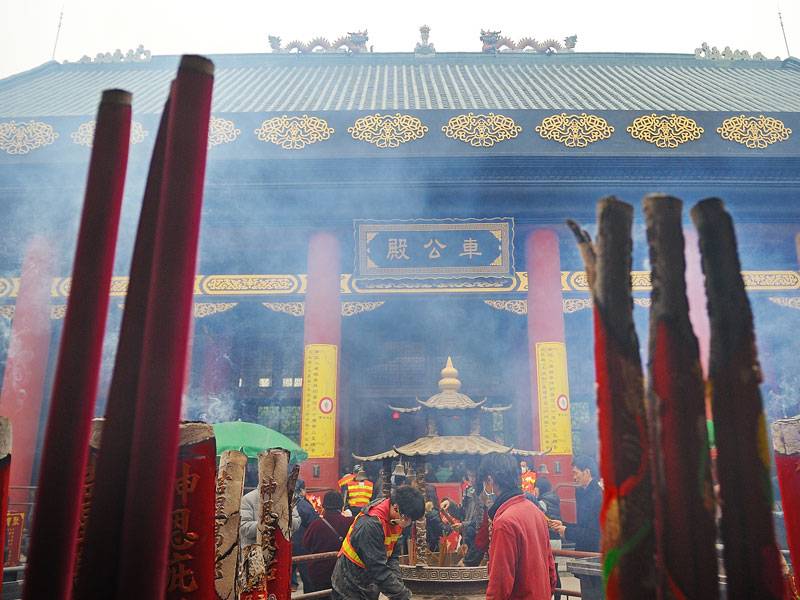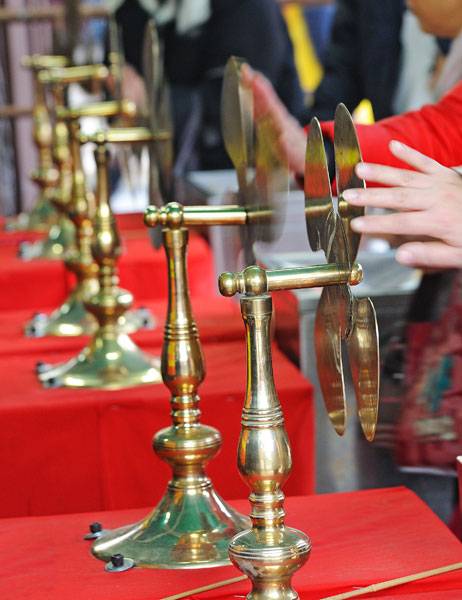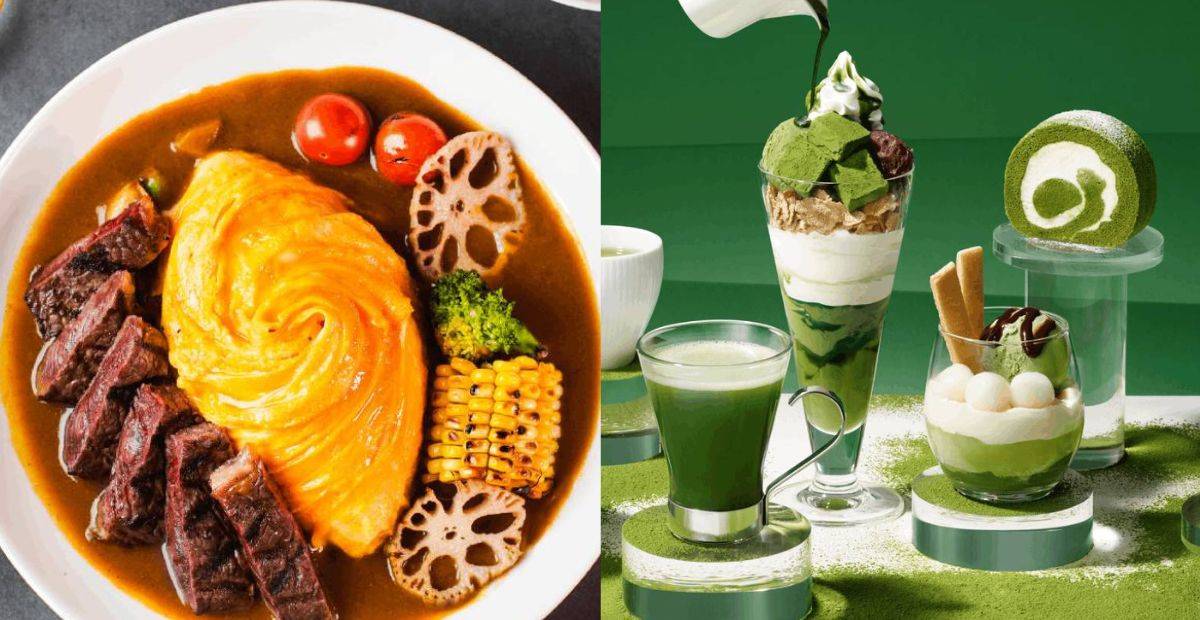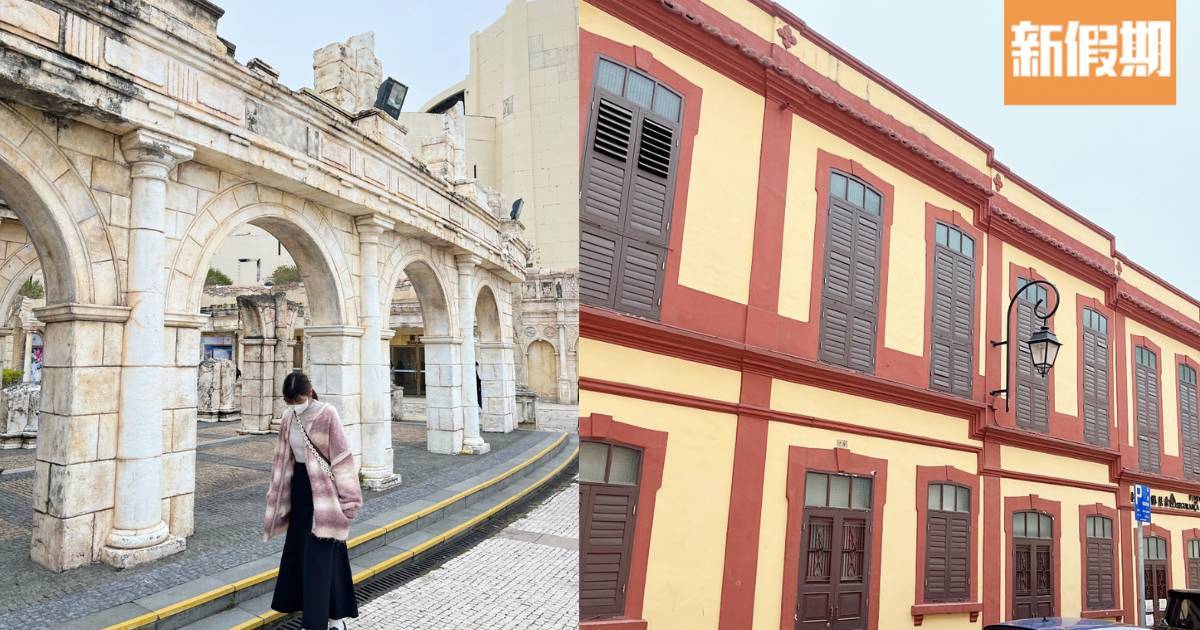Che Kung Festival: Tradition + Blessings in Hong Kong
Che Kung (General Che) Festival
Che Kung Festival| Introduction
Che Kung Festival| Areas
Che Kung Festival| Era
Che Kung Festival| Date
Che Kung Festival| Historical evolution
Che Kung Festival| Events
Che Kung Festival| Introduction
Every year, on the second day of the first lunar month, devotees gather at Sha Tin’s Che Kung Temple to express their gratitude for the blessings bestowed upon them by the deity. Additionally, certain communities commemorate the Che Kung Festival on three other dates: the 27th day of the third lunar month, the 6th day of the sixth lunar month, and finally, on the 16th day of the eighth lunar month.
Che Kung Festival| Areas
Che Kung Temple, Tai Wai, Sha Tin, New Territories
Che Kung Festival| Era
Qing dynasty to mid-19th century
Che Kung Festival| Date
The 2ndday of the first lunar month
Che Kung Festival| Historical evolution
Legend has it that Che Kung was a general of the Yanghou Army and protected Emperor Song when he came to Hong Kong. The temples dedicated to Che Kung are concentrated in the New Territories, including Sai Kung Ho Chung Che Kung Temple, Sha Tin Tai Wai Che Kung Temple, Heng Chau Yi Shing Palace, and Ha Tsuen San Wai Yang Hou Temple. Among them, Sai Kung Ho Chung Che Kung Temple has the longest history.
The exact year of construction for Sha Tin Che Kung Temple is still under investigation. The “Xinan County Annals” during the Qing Jiaqing period (1796-1820) mentioned “there is an ancient temple of Che Gong in Lick Yuen Village (formerly known as Sha Tin)”. It can be inferred that the temple has a history of at least several hundred years. According to inscriptions inside the temple, the earliest renovation work was carried out in 1890 during the 16th year of Guangxu’s reign. In 1928, the Chinese Temples Committee took over management of Che Kung Temple according to regulations governing Chinese temples. They arranged services such as maintenance of subordinate temples and traditional ceremonies. In 1994, a new temple was built in front of the old temple building for worshippers.
According to legend, before establishing the temple in Lick Yuen area of Sha Tin, there was an epidemic plaguing the region. After studying historical records, villagers discovered that Marshal Carriage from Song Dynasty had supernatural abilities to ward off diseases. They borrowed a statue of his grandson from Sai Kung Ho Chung Che Kung Temple for procession and miraculously stopped the epidemic. To express their gratitude for this divine favor, they developed present-day celebratory rituals.
Che Kung Festival| Events
Public seeking blessings:
It is commonly believed that worshiping Che Kung at the beginning of the new year brings blessings and good fortune. Therefore, the largest scale of worship activities takes place on the second day of the lunar new year, which is Che Kung’s birthday. Additionally, because it is traditionally considered inauspicious to visit temples on the third day of the lunar new year (Chikou), believers also visit Che Kung temple on that day.
On the morning of the second day of the lunar new year, believers purchase incense sticks or windmills from vendors near the temple gate for worship purposes. Only incense sticks are allowed for worship inside the temple on that day; lighting candles is not permitted. Due to a large number of worshippers, believers need to arrange themselves in designated areas outside Che Kung’s hall to offer flowers, fruits, and silk as offerings while queuing up to spin windmills and beat drums for good luck.
After worshipping outside the temple, some believers continue into Che Kung’s hall and kneel down near its center to draw divination lots for blessings. Other believers visit separate halls within the temple dedicated to God of Wealth and Dou Mu (Goddess who controls birth) respectively. After drawing divination lots, some followers follow instructions and exit through side doors before collecting their lot interpretation from nearby booths or consulting fortune tellers nearby.
Representatives of the gentry seek blessings through drawing lots:
Apart from individuals visiting in their personal capacity, representatives from the New Territories District Council and Sha Tin Rural Committee respectively conduct lot-drawing ceremonies to pray for the blessings of Che Kung for the residents in their respective areas.
The ceremony usually begins in the morning. Taking the example of Che Kung’s birthday on the second day of Lunar January 2011, Liu Huangfa, Chairman of the District Council, and Tsai Genpei, former Chairman of Sha Tin Rural Committee, arrived at Che Kung Temple accompanied by staff members and unicorn dancers. The altar inside the temple was already prepared with a lot-drawing container and offerings.
Liu Huangfa and Tsai Genpei knelt down together to draw lots. After drawing lots, they were accompanied by staff members to strike drums and spin windmills inside the temple while a fortune teller stood nearby to interpret their fortunes. The results were later announced to the public through media outlets and event organizers.
Subsequently, Liu Huangfa and Tsai Genpei left with windmills accompanied by staff members and unicorn dancers outside the temple. The entire ceremony lasted about an hour.
What is the significance of the Che Kung (General Che) Festival in Hong Kong?
The Che Kung Festival holds great cultural and religious significance in Hong Kong. It is a time when worshippers gather at the Che Kung Temple to honor …More Details
When does the Che Kung Festival take place in Hong Kong?
The main celebration of the Che Kung Festival occurs on the 2nd day of the first lunar month every year. However, some communities in Hong Kong also…More Details

